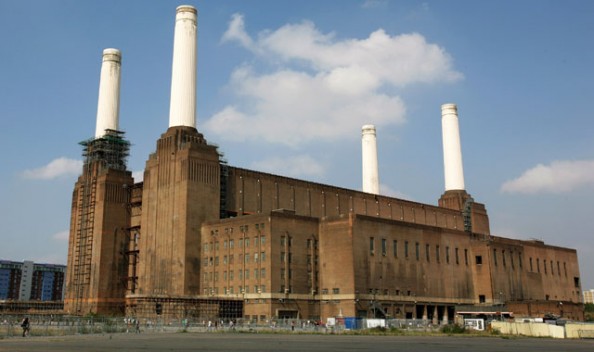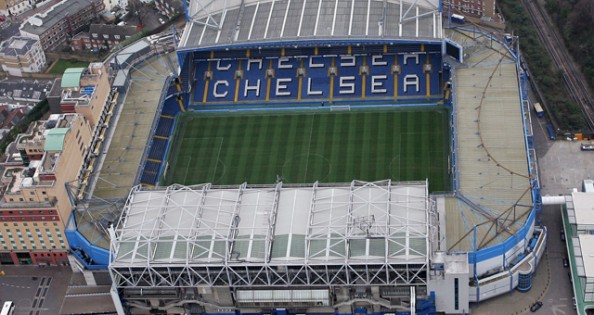Chelsea, if the new FIFA financial fair play regulations actually turn out to be as strict as they seem to be, are going to have to cut back. Their rise to one of the biggest clubs in Europe in terms of budget, buying power and success has more to do with Roman Abramovich’s deep pockets, not their actual ability to generate money.
But times are a changing’ and if the club wants to proceed and become more financially independent, without the need for the owner to cover the losses each year, a new stadium, and the ability to sell more tickets, is a must. Stamford Bridge, with a capacity of just over 41,000, isn’t enough for a team looking to compete with the biggest in Europe like Barcelona, Real Madrid, the big Italian Clubs, Bayern and not even mentioning the English clubs like Manchester United and Arsenal.
So the Battersea Power station, a decommissioned coal-fired power station located on the south bank of the River Thames, becomes a new flagship for the hope of Chelsea building a new stadium. The plans to purchase the site, or at least rumors of such plans, have been around since 2008, although Chelsea officials denied the rumors back then.
Four years later, and Chelsea have officially put in an offer to purchase the ground with an intention of turning it into a 60,000 seater, funding part of the project by turning Stamford Bridge into luxury apartments, much like what Arsenal did when they moved from Highbury to the Emirates stadium.
In terms of design, there’s an intention of leaving the four iconic chimneys and other significant aspects of the power station in order to provide a unique architectural backdrop to a world-class stadium with a capacity of around 60,000 seats.
There’s also a plan to build the biggest one-tied stand in England, behind the South goal, with a capacity of 15,000. There are other ideas to further develop the grounds, including a town centre with substantial street-level retail shops, affordable housing and offices.
Stamford Bridge was built in 1877 and used by the London athletics club until 1905, when the new owner of the ground, Gus Mears, founded Chelsea football club, occupying the ground ever since.

